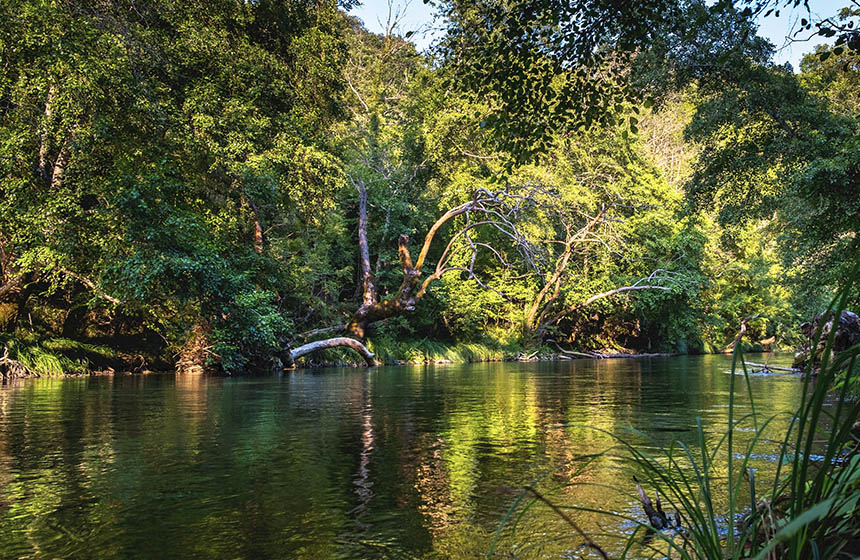National Park established and co-managed by indigenous association in Amazonia
The Association of Indigenous Leaders of the Yaigojé Apaporis (ACIYA), composed of 21 indigenous communities, was responsible for setting up the Yaigojé Apaporis National Natural Park, the third largest of its kind in all of Colombia, effectively giving the one-million-hectare area legal protection from exploitative gold mining operations.
Nature-based Intervention:
Located in the Colombian Amazon, the Association of Indigenous Leaders of the Yaigojé Apaporis (ACIYA) initiated the process of creating the Yaigojé Apaporis National Natural Park and fought a legal battle for five years to achieve this feat. Joint management of the park by the ACIYA and the Colombian National Park authority has resulted in the formal documentation of traditional ecological knowledge and the strengthening of indigenous autonomy over their territory, while strengthening the protection of one million hectares of rainforest contributing to biodiversity conservation and climate change mitigation.
Overview of context and outcomes:
While the land was previously an indigenous reserve, it was only by converting it into a National Park that local indigenous communities could legally combat the encroaching threat of a large gold mining company.
Case effectiveness on
Climate change
A one-million-hectare area is reported as being protected from deforestation exacerbated by encroaching mining activities, ensuring the maintenance of the forest’s climate change mitigation capacity through carbon sequestration.
Ecosystem health
Ecological effect: PositiveThe creation of the third-largest National Natural Park in Colombia has reportedly resulted in over one million hectares of jungle protected against extractive activities. The area contains 18 different ecosystems, many of which are not represented or underrepresented in other protected areas. These provide habitat to 362 bird species, 201 fish species, 443 butterfly species, 81 reptile species, 73 amphibian species and many mammals, including vulnerable tapirs and anteaters, according to project reports.
Socioeconomic outcomes
The initiative was led by the indigenous communities of the region, resulting in them receiving full legal autonomy over their land. As the management regime is designed in a participatory fashion and is based on the association’s Life Plan, it is more aligned with the needs and wants of the local indigenous people. Moreover, the project seeks to preserve and promote traditional ecological knowledge of land management, which is typically held by the women of the community, and this has reportedly elevated their standing in the community, empowering them and allowing them to gain more credibility.
Governance
The park is unique in that it is jointly managed by the indigenous-led ACIYA and the Colombian National Park authority and falls under a ‘Special Management Regime‘, which was developed in accordance with the traditional knowledge and cultural principles of the indigenous communities living in the region. The management regime is based on the association’s ‘Life Plan‘, a governance tool used by indigenous peoples to document their vision for the future which builds off of their assets and ancestral knowledge.
Finance
The project has received financial support from the UNDP and the Gordon and Betty Moore Foundation.
Monitoring and evaluation
There are no clearly reported monitoring protocols currently identified.
Trade-offs and limitations
No information yet available on tradeoffs.

Intervention type
- Protection
Conducted at landscape scale
Ecosystem type
- Tropical & subtropical forests
Instigators
- Local NGO or CBO (eg. indigenous)
Societal challenges
- Biodiversity conservation
- Climate change mitigation
- Rights/empowerment/equality
Outcomes
- Food security: Not reported
- Water security: Positive
- Health: Positive
- Local economics: Not reported
- Livelihoods/goods/basic needs: Not reported
- Energy security: Not reported
- Disaster risk reduction: Not reported
- Rights/empowerment/equality: Positive
- Conflict and security: Not reported
- No. developmental outcomes reported: 5
Resources
Read resource 1Literature info
- Grey literature



